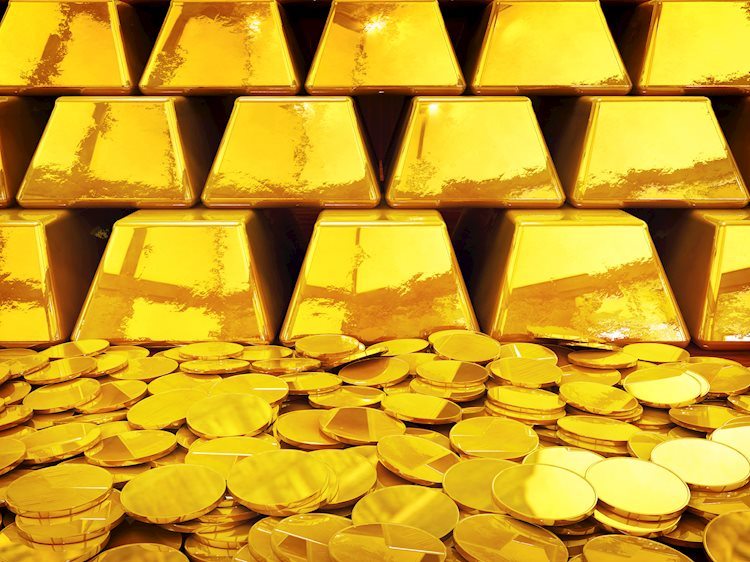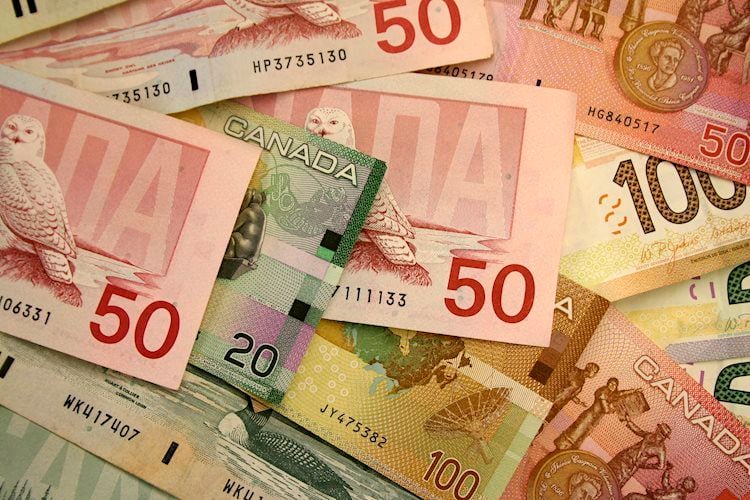The Fed’s hawkish tilt is essentially unfavorable for gold prices, even though gold does not have to suffer during the actual tightening cycle.
Oh terrible, my biggest nightmare concerning precious metals has come true. Of course, gold is not an ideal inflation hedge in the short run, as I explained in the June issue of the Gold Market Overview. Gold may suffer if interest rates rise or the Fed tightens monetary conditions in reaction to inflation. In fact, the beginning of monetary policy normalization could push gold lower, as it did in 2011.
In June, the Fed did actually become more hawkish. At the same time, the FOMC members began talking about reducing quantitative stimulus, and the latest dot-plot suggested a strong readiness to raise interest rates among them. And, as expected, gold prices plummeted in response to the Fed’s hawkish hints regarding likely monetary policy normalization. The London (P.M. Fix) price of gold fell from $1,895 to $1,763 in June, as shown in the graph below.
The big issue now is, “What’s next for gold?” Was the June decline merely a reversal? An excessive reaction to the FOMC members’ not-so-meaningful economic projections? After all, as Powell pointed out in his prepared remarks for his June news conference, “they do not represent a Committee decision” and “are not a strong forecaster of future rate changes.”
However, what if it’s the other way around? Is the Fed’s reversal signaling the end of the gold bull market? Is this a repeat of 2013, when gold was pushed lower by anticipation of the Fed’s tightening cycle and higher interest rates (and later the taper tantrum) and into the bears’ embrace?
Let’s look at how gold reacted during previous tightening cycles to find out. As shown in the chart below, the latest tightening cycle from 2015 to 2019 did not have a significant negative impact on gold prices; instead, they remained in a sideways trend.
The tightening, of course, put downward pressure on gold. We can see that its price began to rise when normalization stopped, and it increased when the Fed became dovish and began the interest rate-cutting cycle. Gold, on the other hand, has not entered a bear market, which is good news for gold bulls.
The tightening cycle of 2004-2006 had no detrimental impact on gold prices. The price of gold, on the other hand, increased at that time. It was also an era of rising inflation, as shown in the graph below. Similarly, the mid-1970s tightening cycle was accompanied with rising CPI annual rates, and it was also a good time for gold.
As a result, the impending tightening cycle need not be harmful for yellow metal. If growing inflation is present, gold may climb in lockstep with the federal funds rate. As a result, it appears that the key is not the actual changes in Fed policy and interest rates, but rather the anticipation of these changes, which are reflected in real interest rates.
The figure below shows that gold prices and real interest rates have a strong positive association. It demonstrates that gold was harmed not by the last tightening cycle itself, but by expectations of a tightening cycle. As can be seen in the chart, the yellow metal started a bear market in late 2012, right about the time that real interest rates reached their lowest point. Then, in 2013, gold prices plummeted amid the taper tantrum, when Ben Bernanke’s unexpected announcement of asset purchase reduction pushed bond yields substantially higher. Importantly, the actual tapering didn’t start until a few months later, and the first interest rate hike didn’t happen until December 2015.
So, what does this brief examination of previous tightening cycles mean for the gold market? The good news is that gold does not have to suffer from the tightening cycle, particularly if higher inflation proves to be more long-lasting than previously thought. This is due to the fact that real interest rates will continue to be low. Given the rise in the national debt, Wall Street’s addiction to easy money, and the Fed’s dovish stance, the next round of tightening will most likely be less severe than prior rounds.
I do, however, have some bad news. First, it’s possible that inflation and inflation expectations peaked in May, when real interest rates reached their lowest point. The outlook for gold in this situation is bleak.
Second, while gold may be alright in terms of the actual tightening cycle, we are now at the stage of expectations. So, what exactly do I mean by that? Investors expect the Fed to begin tightening its monetary policies shortly; for example, the official announcement on tapering might come as early as September 2021. And it’s the expectations that count. The Fed’s June meeting could have been a small taper tantrum, as investors were stunned, bond yields increased, and gold prices plummeted. So, if history is any indication, gold appears to have further room to fall./n





